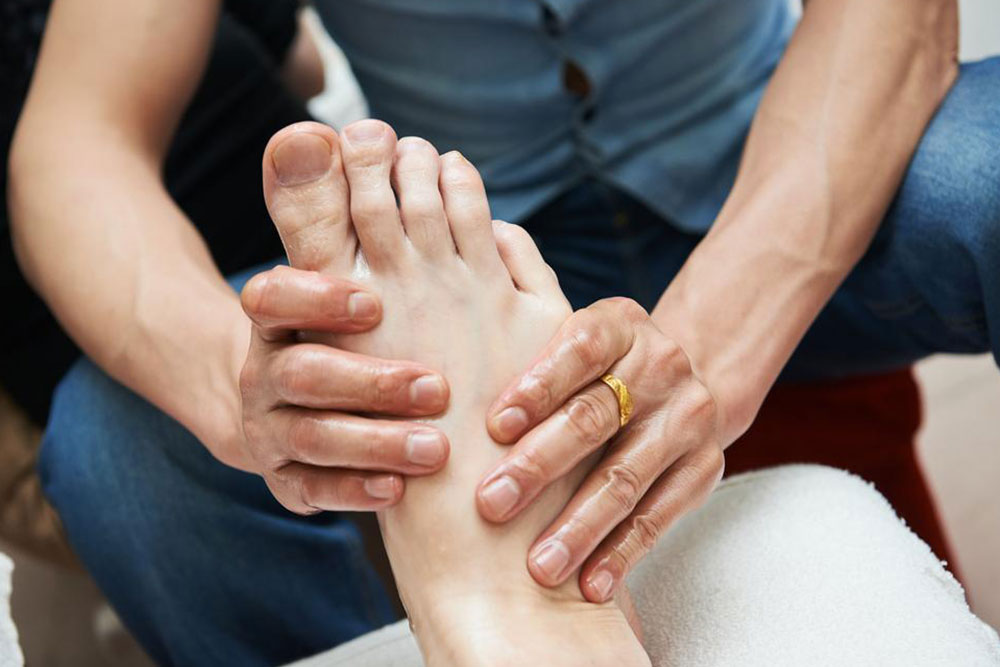4 effective treatments for heel spur relief
A heel spur is a bone growth that develops on the heel bone, specifically on the underside of the bone. It happens due to calcium deposit that causes a bony protrusion of nearly half-inch to develop on the heel bone. The calcium deposition occurs gradually over months. An extreme, persistent strain on the ligaments and foot muscles, repeated instances of heel bone membrane tearing, and plantar fascia stretching are some of the common causes of heel spur. Also known as help spur syndrome, the condition is detected and diagnosed based on X-ray test results.
Painless, heel spurs are often associated with plantar fasciitis.

Heel spur relief treatment options include cortisone injections, anti-inflammatory medications, exercise, customized orthotics and so on. In certain cases, surgery may be required. Here are a few effective treatments for help spur relief:
- Stretching exercises : If the heel pain persists for more than a pain, consult a physiotherapist. The therapist will recommend a set of stretching exercises that will help to provide heel spur relief by alleviating the pain. The goal of such physical therapy is to treat and give relief from plantar fasciitis, which aggravates the symptoms of heel spur.
- Orthotics and shoe recommendations : Orthotic devices are used to correct biomechanical imbalances that cause arch and heel pain.
The devices such as heel cushions, heel pads, insoles, shoe inserts, and special orthotic shoes give relief from the excess pressure exerted on heels and the Achilles tendon. Such devices also control additional movements that put a strain on the plantar fasciitis ligament. Special shoes help to alleviate the effects on inflammation on the tendons and muscles of the heel. Anti-inflammation medications : Most often heel spur is caused due to plantar fasciitis. Plantar fasciitis occurs due to inflammation of the plantar fascia that is located at the bottom of the foot. Popular over-the-counter medications such as naproxen, acetaminophen, and acetaminophen are often used to get heel spur relief. It is recommended that a doctor is consulted before taking any medications. Doctors may also suggest cortisone injections to alleviate the symptoms of pain. Surgery : When none of the non-invasive heel spur treatments work, doctors may recommend surgery. Surgery is done in only 10% of the cases since most people get heel spur relief from conservative treatments. Surgeries are done to release stress from the plantar fascia or to remove the spur. Post surgery, a person may be required to use surgical shoes, crutches, bandages, splints, and so on.
Disclaimer:
The content provided on our blog site traverses numerous categories, offering readers valuable and practical information. Readers can use the editorial team’s research and data to gain more insights into their topics of interest. However, they are requested not to treat the articles as conclusive. The website team cannot be held responsible for differences in data or inaccuracies found across other platforms. Please also note that the site might also miss out on various schemes and offers available that the readers may find more beneficial than the ones we cover.

